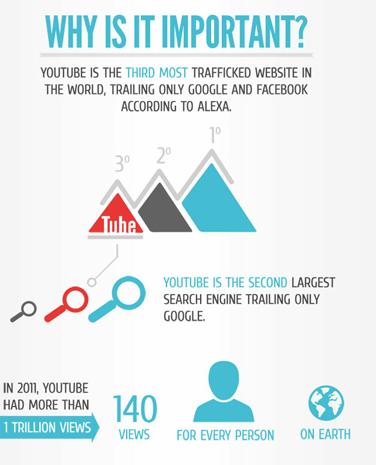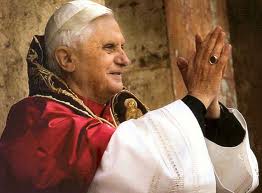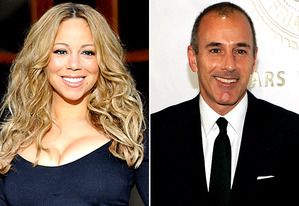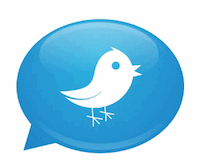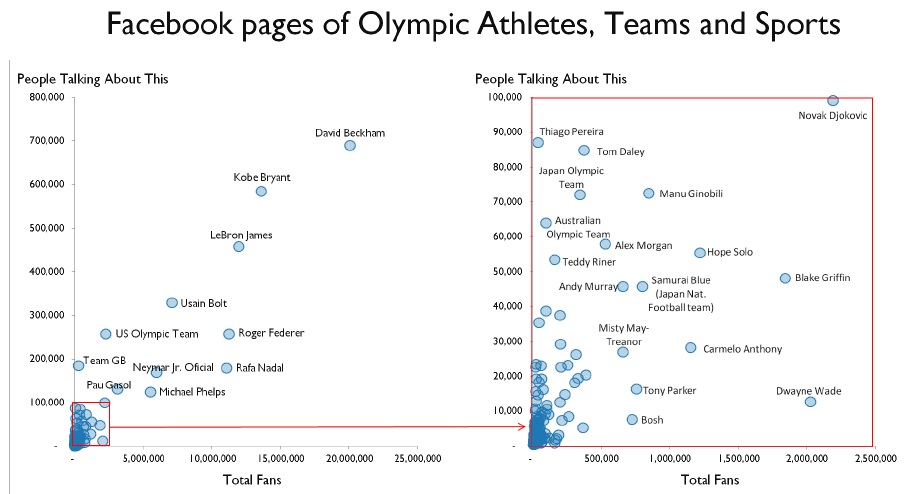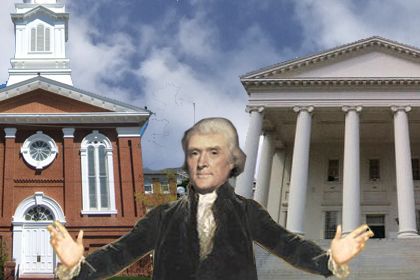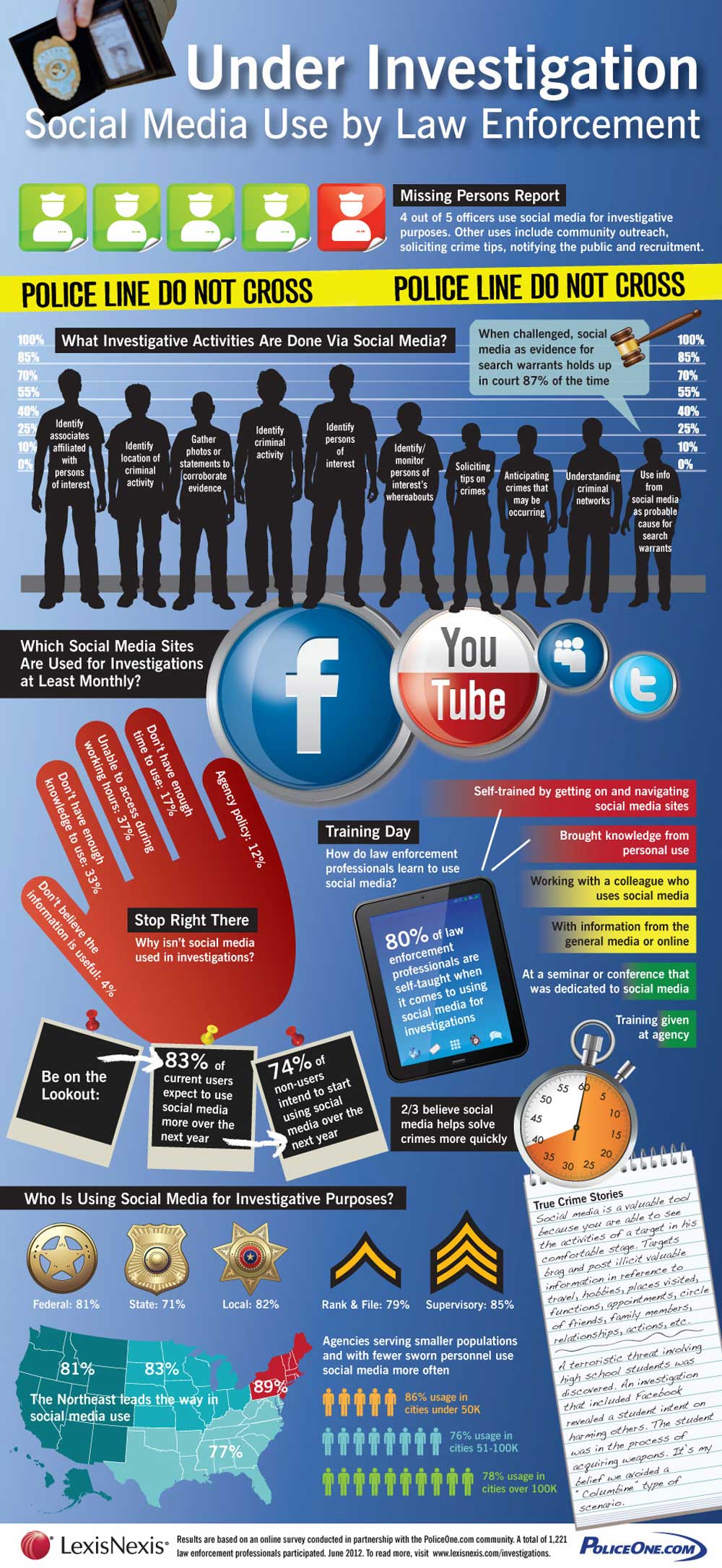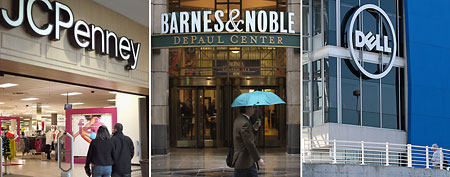
are renowned for innovation, phenomenal growth, and, in the case of public corporations, their soaring share prices. Google Inc. (NASDAQ: GOOG) usually makes the list, as does Apple Inc. (NASDAQ: AAPL). At the other end of the scale are well-known firms that are so crippled they go bankrupt or disappear entirely. Recently, these have included AMR, the parent of American Airlines, Borders, and Eastman Kodak.
1. J.C. Penney Company Inc. (NYSE: JCP)
J.C. Penney, founded in 1913, counted itself among the primary retailers and catalog companies in the US for decades. But under CEO Myron Ullman III, who took over in 2004, its revenue began to slide, dropping from $19.9 billion in 2007 to $17.3 billion in 2011. Earnings fell from $1.1 billion to a loss of $152 million in the same period. J.C. Penney’s share price has fallen 70% in five years. By way of contrast, the shares of Macy’s Inc. (NYSE: M) and Target Corp. (NYSE: TGT) — two direct competitors — have been essentially flat over the same period. J.C. Penney was challenged by these two companies and several others, including Wal-Mart Stores Inc. (NYSE: WMT) and Costco Wholesale Corp. (NASDAQ: COST). Problems became so severe that J.C. Penney closed its formerly successful catalog business and reached outside for a new CEO. The board’s choice was Apple Retail Chief Ron Johnson, who was picked in June 2011. Johnson changed the company’s pricing structure, but the reaction was so poor that revenue dropped an extraordinary 20.1% to $3.2 billion in the first fiscal quarter. J.C. Penney posted a loss of $163 million. Internet sales, so essential in a world in which Amazon.com Inc. (NASDAQ: AMZN) has become a significant presence, fell 27.9% to $271 million. By contrast, Macy’s total sales, combining online and those made in stores, rose 4.3% to $6.1 billion in the last reported quarter. And Macy’s is hardly J.C. Penney’s largest competitor by revenue or workforce. Walmart’s sales were $450 billion last year, while Costco’s were $89 billion.
2. The New York Times Co. (NYSE: NYT)
The New York Times is, and has been for decades, the premier daily newspaper company in the US. But the company has been shrinking rapidly. Ten years ago, The New York Times Company made $300 million on revenue of $3.1 billion. Last year it lost $40 million on revenue of $2.3 billion. The New York Times did not move online fast enough to offset the rapid erosion of print advertising. Its tardiness allowed it to be challenged on the Internet by properties like The Huffington Post, Google News, and the news, sports, and financial properties of portals such as MSN, AOL, and Yahoo!. As an indication of how the stock market measures the value of The New York Times Company, its market cap is $1.2 billion against its revenue of $2.3 billion in 2011. Low-brow content aggregator Demand Media has a market capitalization of $865 million against 2011 revenue of $325 million. Demand lost $13 million last year. The reason the market values of the two companies are so close? The Times still relies on the dying print business for the lion’s share of its revenue. Its market cap and cash balance are too low to allow it to more aggressively move to the internet or buy large online properties. In the last quarter, The Times’ revenue was roughly flat at $515 million. The company lost 57 cents a share compared with a profit of 5 cents a share in the same period last year. The worst news from the quarter was that “Digital advertising revenues at the News Media Group decreased 1.6 percent to $52.6 million from $53.5 million mainly due to declines in national display and real estate classified advertising revenues.” The Times did make advances in online paid subscriptions, but circulation revenue barely offset the drop in advertising sales. At the heart of The New York Times’ uniqueness among American newspapers is the quality of its editorial content. The company has held the line on retaining its large editorial staff. It did lay off 100 people in 2009, which was about 8% of the news staff. The industry is in the midst of another wave of job cuts. The Times has not been able to show significant top-line growth, even with its digital subscription efforts. Print is in too much of a shambles for the company to shore itself up in the digital world.
